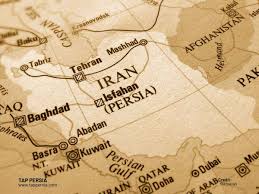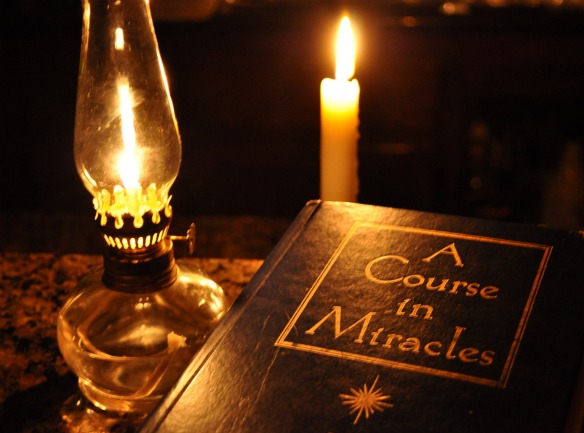Persia, one of the most fascinating civilizations in human where is persia now? , is the ancient name for what is now known as Iran. For centuries, Persia stood as a center of art, culture, architecture, science, and philosophy, influencing vast regions from Europe to Asia. Understanding where Persia is — both geographically and historically — offers a window into one of the world’s greatest empires.
The Geographic Location of Persia
Ancient Persia was located in the region that today comprises modern-day Iran, in the Middle East. It lies in Western Asia, bordered by countries such as Iraq, Turkey, Armenia, Azerbaijan, Turkmenistan, Afghanistan, and Pakistan. To the south, it meets the Persian Gulf and the Gulf of Oman, both of which derive their names from the Persian civilization.
The geographical diversity of Persia — from its vast deserts and mountain ranges to fertile valleys and plateaus — made it a strategically powerful region, connecting major trade routes such as the Silk Road between East and West.
A Glimpse into Persian History
The story of Persia begins more than 2,500 years ago with the rise of the Achaemenid Empire under Cyrus the Great in the 6th century BCE. This empire stretched from the Indus Valley in the east to Greece and Egypt in the west, becoming one of the largest and most advanced empires in history.
Over the centuries, Persia saw several great dynasties, including:
- The Achaemenids (550–330 BCE) – Founded by Cyrus the Great; known for tolerance, governance, and the creation of the Royal Road.
- The Parthians (247 BCE–224 CE) – Skilled horsemen who defended the empire from Roman expansion.
- The Sassanids (224–651 CE) – The last pre-Islamic Persian dynasty, known for cultural revival and architectural grandeur.
In 1935, the name “Iran” officially replaced “Persia” in international usage, though both names refer to the same nation and people.
The Legacy of Persian Civilization
Persia’s contributions to global civilization are vast and enduring:
- Architecture: Persian palaces, gardens, and mosques influenced design from India to Europe.
- Language and Literature: Persian poets such as Rumi, Hafez, and Ferdowsi shaped world literature.
- Science and Philosophy: Persian scholars made breakthroughs in medicine, astronomy, mathematics, and philosophy.
- Art and Culture: Persian carpets, calligraphy, and miniature paintings remain symbols of elegance and craftsmanship.
Persian influence can still be seen in neighboring regions — from Central Asia and the Middle East to parts of South Asia — where Persian culture and language once flourished.
Persia in the Modern World
Today, Persia lives on through Iran, a country that continues to preserve and celebrate its ancient heritage. Iranian architecture, poetry, cuisine, and traditions all trace their roots back to the Persian civilization that once ruled half the known world. Even the word “Persian” remains widely used in describing art, cats, carpets, and cuisine — reflecting the lasting cultural prestige of ancient Persia.
Conclusion
So, where is Persia? Geographically, it is modern-day Iran, located in the heart of the Middle East. But culturally and historically, Persia exists far beyond its borders — as a timeless symbol of innovation, beauty, and human achievement. From the ruins of Persepolis to the verses of Persian poets, the spirit of Persia continues to inspire the world.



